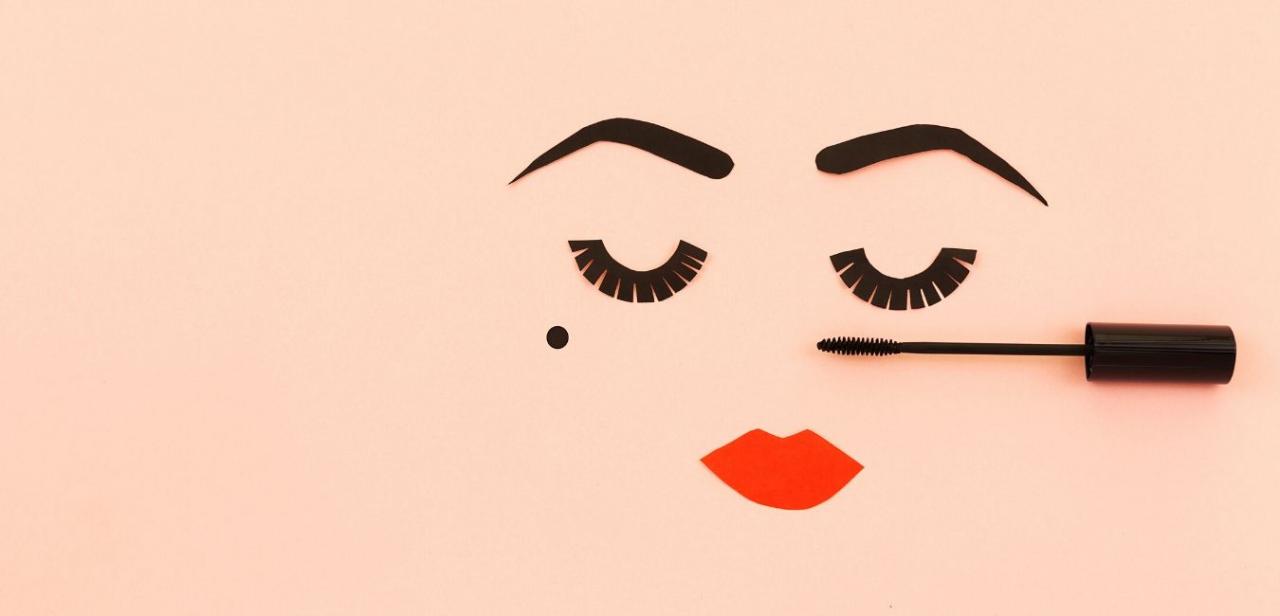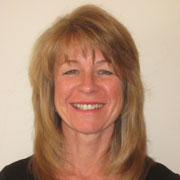It is a known fact that as we age our bodies change. Starting around the age of 45 we start to lose muscle mass at a rate of approximately 1% per year. Although this doesn’t sound like a big deal, it really is.
The reason being is because at the same time our bodies are starting to lose muscle mass, most people are starting to gain weight. The average American gains 1-2 pounds of weight per year as they age. Again that doesn’t sound like a lot but if you average that over 10 years, you have gained 15 pounds!
Let’s look at that. Muscle is about 18% denser than fat. In other words, think about weight verses volume. A pound is a pound but the amount of space one takes up verses the other is the key factor. For an extreme example think about the weight of one pound of feathers verses one pound of brick. Since the brick is so much denser, it would take up much less space than one pound of feathers would. You get the point?
So, if muscle is 18% denser than fat and we are losing mass yet gaining weight what do you think we really gaining? Fat, of course. Our bodies are either staying the same size or, in many cases getting physically bigger. Consequently our ratio of muscle to fat is changing dramatically.
Less muscle means less strength thus decreasing our ability to do even the little things. I met a woman who could no longer carry her own groceries into the house because they had become too heavy and she was not very old! Verses the woman who still lifts weights at 68 years old, looks fabulous and carries just about anything and everything she wants. Big difference. This doesn’t even address the bigger picture of doing the fun things. I have a 77 year old friend that plays tennis like no body’s business. She competed in a league a few weeks ago, played for 3 hours to win the overall competition, and she was playing against women in their 50’s. Now that’s living!
A decrease in muscle mass does not only equate to less strength. With less muscle, a decrease in bone density rises thus leading to the potential for osteoporosis. In addition studies have shown that an increase in strength can:
• Result in a decrease in arthritic pain
• Improve balance and flexibility
• Assist in balancing blood glucose levels
• Have a positive impact on our emotional being
• Strengthen the heart
• And much more
So let us start by figuring out our own ratio of body fat to lean muscle. There is a means of measuring this called the Body Mass Index or BMI. BMI is a comparison of your height to weight. This formula is being used more and more in the medical field and yet it is not necessarily an accurate way to measure body fat, in my opinion. Take the individual who is very muscular and consequently quite lean. They will come up on the BMI chart as having too high of a body mass index for their size. Again this is because of the fact that muscle is so much more dense than fat. A very small person, with a body fat of say 15%, will appear fat on with this measurement. Or the body builder that is 5’6” and weighs 240 pounds. His body fat may be around 12% and yet on a BMI chart he will show up obese.
A better way to determine the ratio is through actual measurement of body fat. This can be done at a gym by using calibrators where skin is lifted from the muscle and measured on various parts of the body. It can also be done in a pool by measuring how fast you sink; supposedly a better way and yet not too easily found. For those of you that don’t have access to these kinds of measurements, I did find a source online that seems pretty accurate. Simply go here to take that test: http://www.healthcentral.com/cholesterol/home-body-fat-test-2774-143.html
Once you have this information you have the power to change it. Rather than think, ‘I’m doomed!’ it is time to think positive. It means you have an opportunity to make changes that can have an incredible impact on your health, your future and how to enjoy the balance of your life. An Encore Life. How great is that?
As time goes on and the kids are grown, there is more time to focus on ourselves separately and together with our partners. It is a time to engage in new endeavors. To think outside the box. To explore things that we might have thought about in the past but just didn’t have the time to try. It is time for an even better life!
Building muscle requires resistance. When a muscle is challenged physically it puts stress on the bone. The bone in response creates additional osteoblasts or cells that produce more bone. The process is known as the piezoelectric effect. Greater stress = more cell production=denser bones. And, as mentioned, this is an excellent way to prevent osteoporosis.
Not only will that additional muscle strengthen your bones but it will increase your basal metabolic rate or BMR. This is the basic amount of energy needed per day to function. Additional muscle mass = higher BMR = additional calories burned. Therefore a person with a higher ratio of muscle to fat can and actually needs to eat more. Now isn’t that a great thing! Of course what we eat is important as well. To create these positive changes requires a blend of exercise and diet but for the purpose of this article let us focus on the exercise portion. The diet will be addressed in a future article.
For now, let us take a look at the ways in which we can increase our muscle mass. Of course there is the obvious – going to the gym to lift weights. This is a great way and works fantastically for some. For others this sounds like a death sentence! Here are some additional ideas that can be really fun, give you a cardiovascular workout as well and offer resistance training:
• Hiking up and down hills (my personal favorite). Although this doesn’t address the upper body it is great for your legs and hips. You would need to supplement with some upper body training.
• Rowing. This fun sport actually uses both your upper body and (to my surprise) a great deal of legs. Overall it can really offer resistance as well as cardiovascular fitness.
• Yoga can be a good form of resistance training, especially the more aggressive types such as Ashtanga Yoga.
• Taking classes such as certain forms of dance, boot camps and so forth.
• Kayaking. This is more for building upper body strength but it is fast-paced and fun!
• Rock Climbing. Now this one might really take you to a new place!
• Even the Wii Fit can offer those that want to stay inside a great workout.
These are just some ideas. Play around with different types of activities that you enjoy and see if it fits into a strength or resistance training category. Do not buy into the, ‘well I’m getting older…’ mentality. Step out and up and make tomorrow even better than today! You will be amazed at just how much you can change your body and fitness level! We are only limited by our imagination so be creative, build muscle and head towards a more dynamic, healthy future!
Julie Webster is a Certified Massage Therapist and Certified Health Counselor. She provides health education online and through seminars. In addition she has written a book titled “Regaining Good Posture” which is available as an ebook, with videos performing each of the stretches, through her website: www.julie-webster.com Julie is also available for presentations on posture and various health topics to corporations. To reach her visit her website or email her at [email protected]






Add a Comment2 Comments
Julie,
Thanks so much for the thorough information, and for the link to the body fat test online. Great resource!
September 25, 2009 - 8:37amThis Comment
Diane-
So glad you found it helpful! :-)
September 25, 2009 - 12:39pmThis Comment